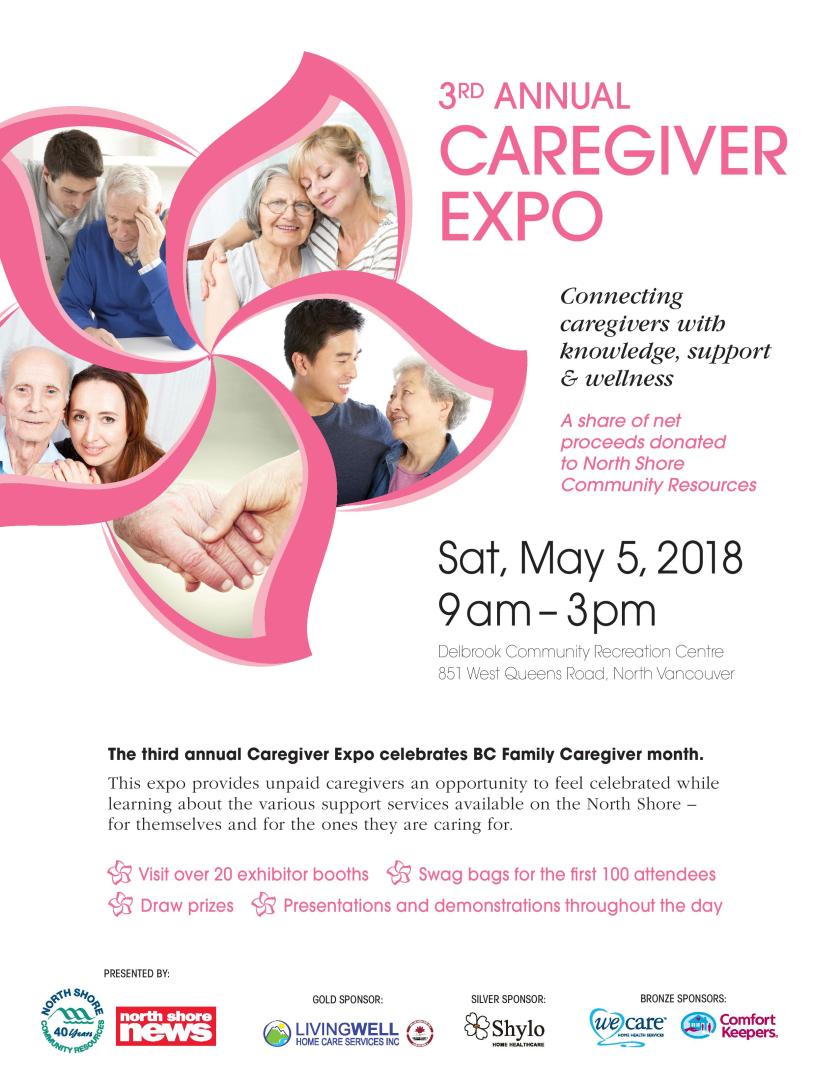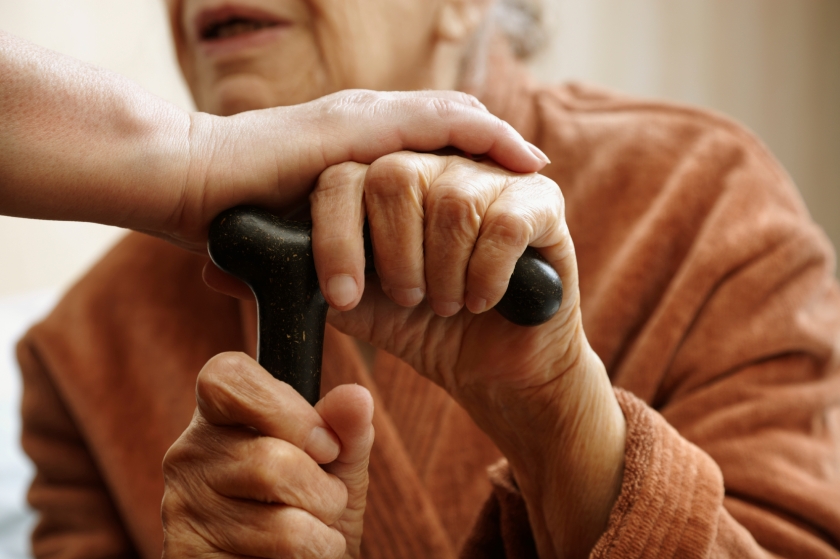
If you’ve been on the fence about visiting the 3rd Annual Caregiver Expo this Saturday, we hope that this post will sway you to pop by – if only for a little while! Expect to be greeted with warm smiles and a lively atmosphere. Booths from local services and resources will be set up so you can explore at your leisure. Presentations will run throughout the day. Come by to catch your favourite speaker talk, or stay for the long haul! Join us to connect, learn, and to celebrate the incredible role you play in a loved one’s life.
Presentation Schedule
9:15- 9:30AM
Laughter Yoga
John Wallstrom
Laughter Yoga involves guided exercises that are lighthearted and easy to follow. Laughter strengthens the immune system, releases feel-good endorphins and lowers blood pressure. Come and have a laugh with us!
9:30 -10:00AM
Family communication and the power of boundaries
Jodie MacDonald
With a focus on somatic awareness and breathwork, this talk will help caregivers navigate the complexities of family dynamics and sibling relationships, learning to separate their own needs from the needs of others, through boundary practice and insight into habitual patterns of relating.
10:15- 10:45
The Rollercoaster of Grief
Robin Rivers
Grieving the loss of a loved one or anticipating the loss can be challenging, no matter how long you have been in a caring role. Learn about ideas to help you on your grief journey and resources that are available in the community.
11:00- 11:30
Re-filling your Cup: Preventing Caregiver Burnout
Karyn Davies
Join us in learning to recognize what activities give you energy, and which ones drain your mental, emotional and physical energy reserves. Become aware of the major signs of burnout, while considering how you can re-fill your own reservoirs of hope and strength.
11:45- 12:35 (50 minute keynote)
Energy to Care: the science of how to balance self-care with giving
Dr. Maia Love
How do you care for yourself as you help a loved one through a health crisis? Learn key tools and skills to support your own health and wellness as you care for others; understand the wellness science to lift your energy and recharge your mind.
1:00- 1:30PM
- 1. Inspiring your best quality of life: The Everyday Counts Program
Jane Jordan (15 minutes)
Learn about the Every Day Counts Program, a free support program for individuals living with a life-limiting illness. The program offers access to services and supports that are designed to enhance quality of life and are available whenever individuals feel they need them.
- All Ready to Go
Stephen Garrett (15 minutes)
Learn about accessible and affordable options for pre-planning a loved one’s funeral arrangements. Having a plan can greatly reduce stress for family members during a time of loss.
1:45- 2:15
Qi Gong to boost your energy
Caroline MacGillvray
Together we’ll practice some accessible, fun Qi Gong exercises. Qi Gong is designed to help you let go of stress and tension, energize your body and mind, and create feelings of peace.
2:30- 3:00
The importance of having a Power of Attorney and Representation Agreement
Jackie Morris
This presentation will focus on two important legal documents, a Power of Attorney and a Representation Agreement, what they do and the pros and cons of alternatives.




 We recently talked about the ways that
We recently talked about the ways that 
